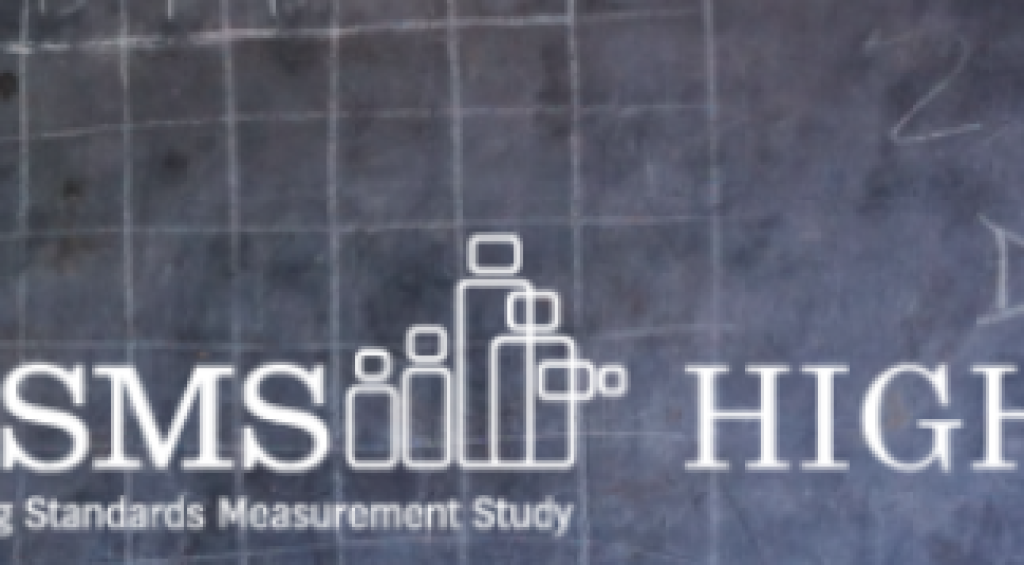The state of education in a country has cascading impacts across multiple facets of development. In line with SDG 4, providing equitable quality education remains a key mission for countries, especially those with low literacy rates. Zooming in on Tanzania, results from the National Panel Survey (NPS) show that while the country has made progress in providing quality education, improvements are still needed.
The NPS is part of the World Bank’s Living Standards Measurement Study (LSMS) project, a collaboration between the World Bank and the Tanzania National Bureau of Statistics (NBS). The latest waves (4th and 5th) of the NPS conducted in 2014/15 and 2020/21 contain detailed information on different aspects of education, including literacy, enrollment, and drop-out rates.
Results from the NPS show an increase in enrollment and literacy rates in Tanzania, coupled with reduced barriers to children’s access to school across the two survey waves. These are all reflective of the government’s policies and interventions that have allowed the country to move towards greater access to education, especially in the most underserved areas. Here are some key findings:
1. Increased school enrollment
The net enrollment rate (NER) is a measure of the percentage of a given demographic enrolled in school per the total population of that demographic. This is usually measured for the school-aged population, which includes children under 18 years of age. Between 2014/15 and 2020/21, the NER in Tanzania increased by 9.5 percentage points in pre-primary, by 8.4 percentage points in primary, and by 14.3 percentage points in secondary education.
The most significant improvement in net enrolment was observed in secondary schools; with a national increase of 14.3 percentage points (from 24.7% to 39.0%) in rural areas, followed by an increase of 25.6 percentage points (from 41.4% to 67.0%) in urban areas.
2. Improved literacy rate
Literacy is the ability to read and write with an understanding of the subject. Around 76% of Tanzanians were literate in 2020/21, compared to 69.8% in 2014/15, exhibiting improvements across all strata , particularly in Rural Mainland and Zanzibar. Individuals in Dar es Salaam, who have better access to educational services, continued to have the highest literacy rates in the country with 93.9% literacy in 2020/21. The largest improvement was displayed in Zanzibar where the literacy rate increased by 11 percentage points from 74.3% in 2014/15 to 85.3% in 2020/21.
3. Decreased travel time to schools in Zanzibar
Distance to school is a key marker of school attendance. While the data shows a decline in travel distance in Zanzibar from 25 minutes to 21 minutes across the two survey waves, children in rural areas continued to spend more time traveling to school than those located in cities and other urban locations. The longest travel times were in rural Mainland and Tanzania rural (including rural Zanzibar), where it took more than 30 minutes for students to reach their schools in 2020/21. These gaps reinforce the need to better target infrastructure development in rural areas.
Here are the reasons why some Tanzanians chose not to attend school:
While the results from the NPS show improvement in school attendance across the two periods, several factors explain why some individuals did not attend school. For instance, more than 39% of individuals who did not attend school in rural Tanzania cited “satisfied with the level of education acquired” as a reason for not attending school. “Having to work/looking for work” (23.3%) is the second most cited reason; more men (30.6%) than women (16.3%) chose this option. Similarly, the reason of marriage also shows a gender difference, where more women (23.9%) cited it as the reason for not attending school as compared to men (5.1%).
Overall, the results show Tanzania’s demonstrated commitment to making progress across multiple indicators of SDG 4. In terms of a data-driven policy prescription, it is important to understand the drivers of the progress and identify the challenges that remain, including potential impacts of the COVID-19 pandemic. These can be achieved by leveraging the rich information contained in the NPS in conjunction with other data sources to present a broader picture of the state of equitable and quality education in Tanzania.
Source : World Bank



































































